If you haven’t heard of it, you’ve probably seen images of this horn-shaped structure in the heart of the Andes Mountains. Once again, the subject brings us back to Peru, a country of archaeological sites that reveal much more than just ancient civilizations.
The Archaeological Site of Waqrapukara is one of Cusco’s most fascinating Inca complexes, filled with mysteries yet to be uncovered. It was built on one of the steepest mountains, part of the Apurimac Canyon. In Quechua, its name means Waqra (horn) and Pukara (fortress). Visiting Waqrapukara is an opportunity to explore an Inca temple with a rich history and breathtaking Andean landscapes in a place not frequently visited by tourists and filled with peace. What visitor wouldn’t want to explore and take pictures in this cinematic setting?
It’s an impressive place, with a journey filled with spectacular landscapes and close contact with the local flora and fauna. An exotic site in the region. It’s the chance for a day out of the ordinary, away from the crowds, experiencing the traditional Andean life of rural communities.
Location
It is located in the province of Acomayo (south of the Cusco region), on an 8-kilometer mountain road at the foot of the Apurimac River canyon. Its altitude reaches 4,300 meters above sea level (about 14,107 feet). This is a route that can be done in one day!
How to get there?
Starting from the city of Cusco, there are three routes to reach Waqrapukara:
- Route via Sangarará: This is the preferred route for tourists and travel agencies. The trip departs from Cusco to the community of Sangarará in an average of 2 hours and 30 minutes; from that point, we continue for about 30 minutes more to the beginning of the trek: “Qenter.” The way back is the same.
- Route via Huayqui: This route follows a road to the rural community of Huayqui (approximately three hours). From there, a hike of approximately 6 to 7 kilometers begins, which takes about 2 to 3 hours on average.
- Route via Santa Lucía: This route also follows the southern road from Cusco to the rural community of Santa Lucía (approximately three hours). From there, we continue along a dirt road to the beginning of the hike; from that point, it takes approximately 1 to 2 hours, equivalent to 2 to 2.5 kilometers, to Waqrapukara. Many of these routes follow Inca trails and ancient pre-Hispanic roads.
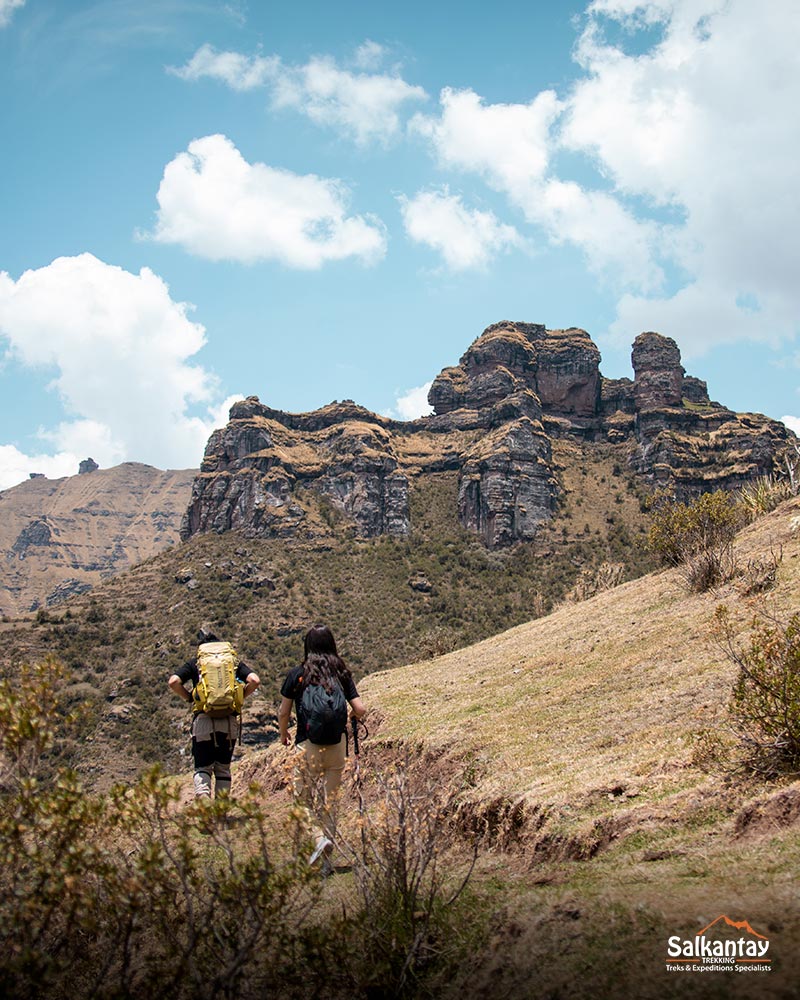
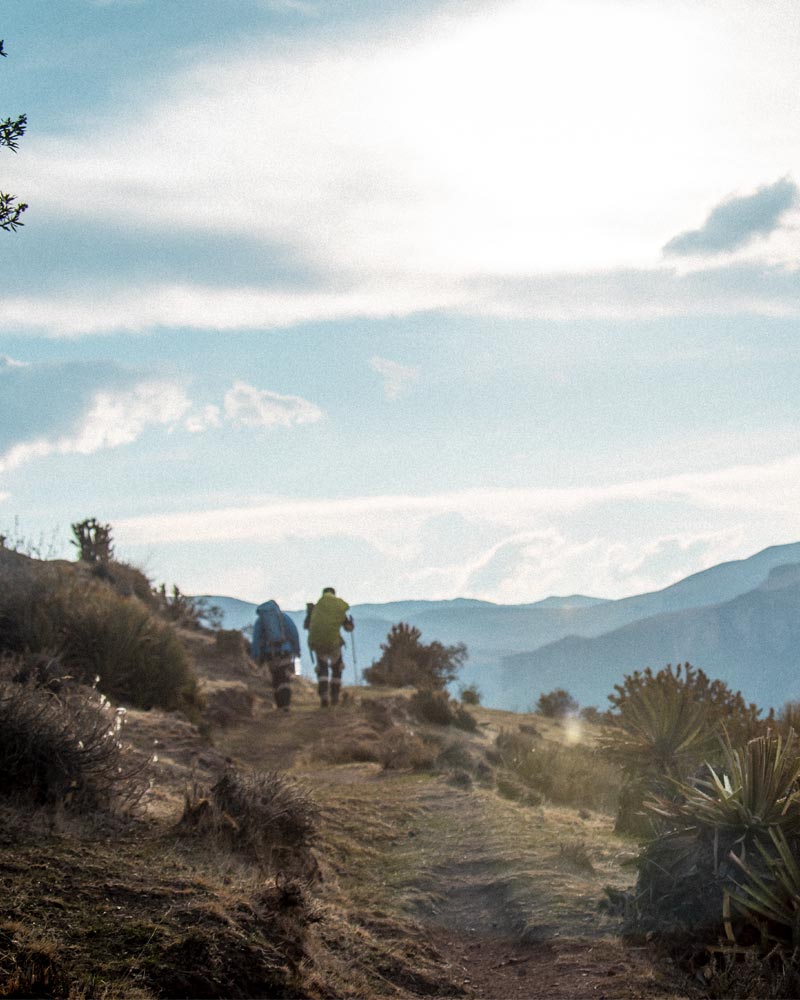
Going solo or with a tour?
Whenever we explore places in the Andes at high altitudes, we must consider the risks of hiking on our own, even with friends, as there is no infrastructure to handle unexpected situations or emergencies. While it is possible to do the route independently, the advice is to go with a specialized agency. You can book this and other hikes at Salkantay Trekking as part of an incredible package. Check out the various options available for your vacation!
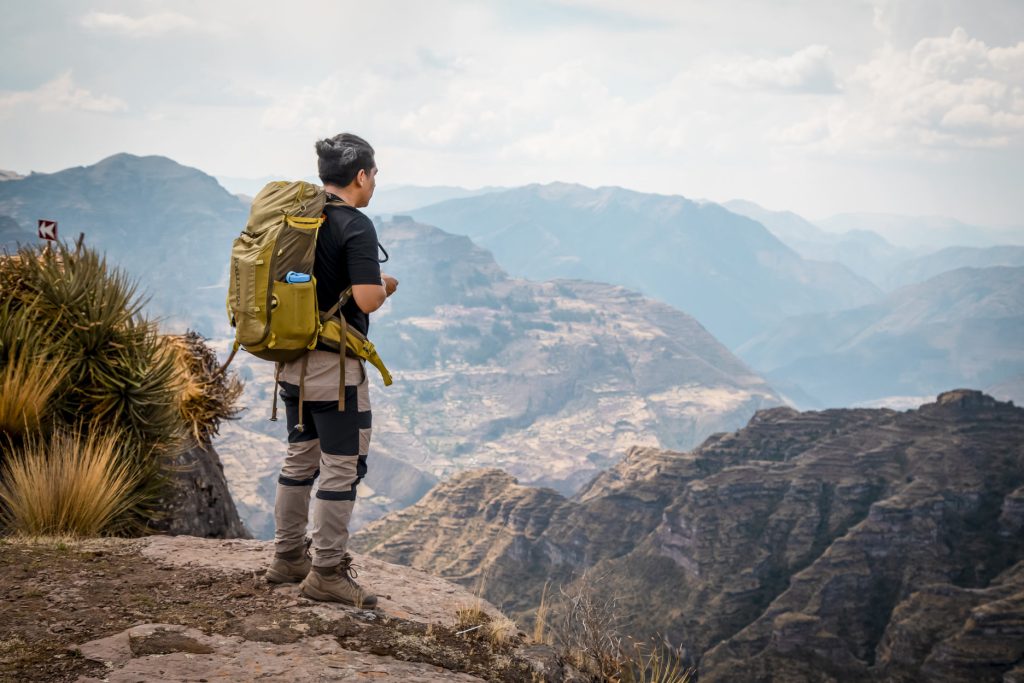
Important Information
- Remember that the route to Waqrapukara follows ancient paths built by the Incas (the famous Qhapac Ñan, or Inca road network), forming part of an ancient pilgrimage route.
- There are still many mysteries to uncover at Waqrapukara.
- The winds are powerful at the top of the mountain.
- Daytime temperatures can reach up to 23°C, while at night, the cold can drop to 0°C.
- During the visit, it is advisable to bring a windproof jacket, pants, comfortable footwear, and a poncho if it rains.
- The best time to visit Waqrapukara is during the months with low rainfall, from May to October. The rest of the year, especially in January, February, and March, frequent rains can make the hike more challenging.
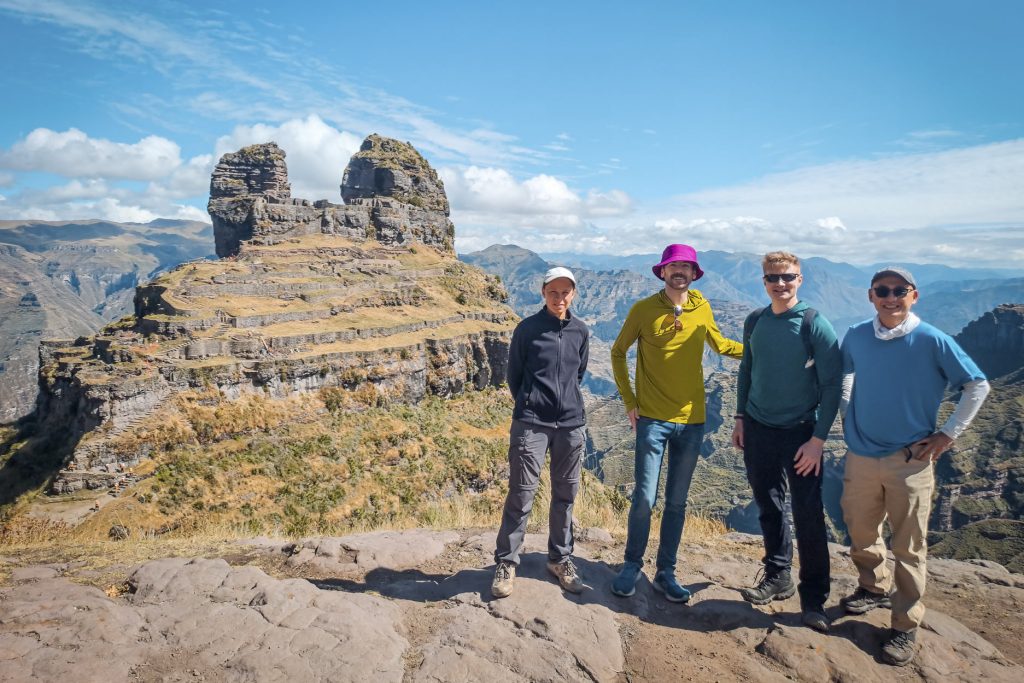
Brief History
In the past, Waqrapukara was part of a pilgrimage route. This is confirmed by the presence of other Inca sites found along the way, such as Tambopukara, Yactapukara, and Ayapukara. It was also an important religious sanctuary, which becomes evident upon arrival as you see its beautiful granite constructions. Crowned by two enormous horns, this immense rock formation resembles a castle.
The exact date of its construction remains a mystery. It is estimated that the main temples and platforms were built during the reign of Emperor Túpac Yupanqui (1471-1493). However, research indicates that Waqrapukara was not initially built by the Incas but by the Canchis culture, which inhabited the territories south of Cusco (the current province of Canchis) simultaneously as the Incas. Both cultures competed for territorial control. Only after the Inca war against the Chancas (around 1440 AD) did the Canchis allied with the Incas and become part of the Collasuyo region within the emerging Tahuantinsuyo Empire. The Canchis are believed to have built the first roads a few centuries before the Inca Empire was founded in 1438.

Legend
Legends are a fundamental part of Andean culture passed down from generation to generation. One tells the story of an Inca general named T’ito Qosñipa, who led mighty armies in Canchis. This warrior rebelled against Emperor Huayna Cápac, and Waqrapukara was the chosen site to besiege the rebel. The rebel resisted valiantly despite being deprived of water and having an ear mutilated as punishment.
Highlights
One of the highlights of Waqrapukara’s architecture is its triple jamb doors, located at the highest point, right in the center of the fortress’s “horns.” This type of construction is rare, found only in a few significant Inca sanctuaries, such as Pachacamac (Lima) and Maukallacta (Arequipa).
In the same site, specifically in the central structure of Waqrapukara, there is a cave with a window that overlooks the abyss. The entire architectural complex comprises enclosures, stairs, canals, and platforms. At the bottom are the platforms, the smaller enclosures, and the stairs that lead to the highest point. At the top are the more prominent buildings and the best temples that belonged to the elite.
Visiting Waqrapukara is an unforgettable experience, an encounter with the history and majesty of the Peruvian Andes. This place, loaded with mystery, offers impressive landscapes and a unique connection with the Andean culture and traditions that still survive.
It is a challenging and rewarding journey that awakens the adventurous spirit of those undertaking it and an opportunity to discover one of Cusco’s most surprising and least-known corners. Dare to discover Waqrapukara and immerse yourself in a journey to the heart of the Andes, where history and nature intertwine in perfect harmony.


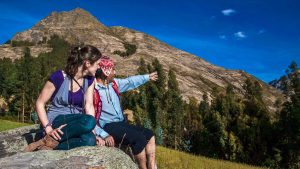

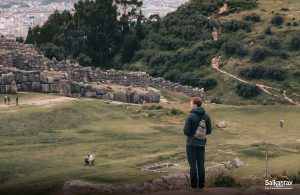
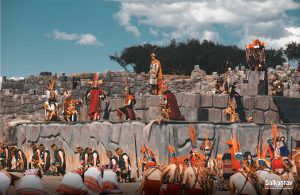





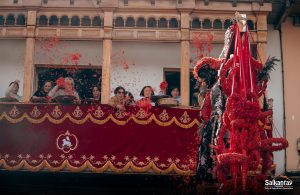
Leave A Reply